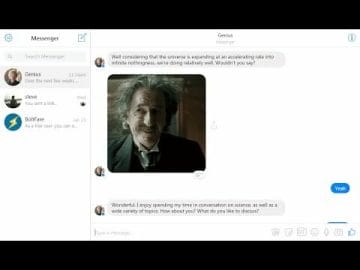In October 3rd, scientists Rainer Weiss, Barry C. Barish and Kip S. Thorne were awarded the 2017 Nobel Prize in Physics for detecting gravitational waves- which were all but a theory until last year. These three physicists were all members of the Laser Interferometer Gravitational-Wave Observatory, or LIGO.
Almost literally a century ago, Einstein had theorized that these waves existed in his theory of general relativity. He explains that every object in the universe warps the space and time around it, and when an object moves, it creates ripples in spacetime. These are what we call gravitational waves.
Up until this point in history, we never really had the technology to detect such waves, as they are very faint and are almost undetectable. This is why when LIGO built their two specialized detectors in Washington and Louisiana, they were pointed to observe black holes or neutron stars, which are the two densest objects in the universe, as they collided violently with another one of their kind. These violent interaction makes them spin around each other up to several times in a single second, which will then create huge ripples in the fabric of spacetime, that travel outwards at the speed of light, which we can then detect.
Source: YouTube, SciShow
And in February 2016, LIGO had finally detected gravitational waves from two blackholes merging with each other, 1.3 billion light years away. And since then- they had detected even three more waves from 3 different black hole mergers.
This discovery has brought upon a bunch of new information in the field of astronomy, allowing scientists to study and observe the darkest yet densest objects in the universe.
BREAKING NEWS The 2017 #NobelPrize in Physics is awarded to Rainer Weiss, Barry C. Barish and Kip S. Thorne @LIGO. pic.twitter.com/za1GNsAfnE
— The Nobel Prize (@NobelPrize) October 3, 2017
Source: Twitter, The Nobel Prize
This is why the Royal Swedish Academy of Sciences awarded the Nobel prize to the three scientists “for decisive contributions to the LIGO detector and the observation of gravitational waves,” as these three were the ones who played the key roles. Weiss was the one who proposed the idea of using miles-long lasers to detect gravitational waves. While many scientists thought that the best objects to observe were the explosions of massive stars, Thorne is the one who proposed to study black hole or neutron star mergers in the first place. Finally, Barish was the one who brought the LIGO collaboration together, being the principal investigator of LIGO in 1994, and lead the funding and construction of the two observatories they had.
Source:












